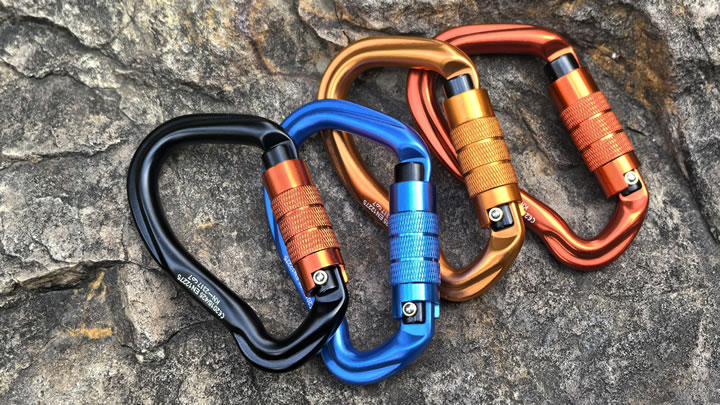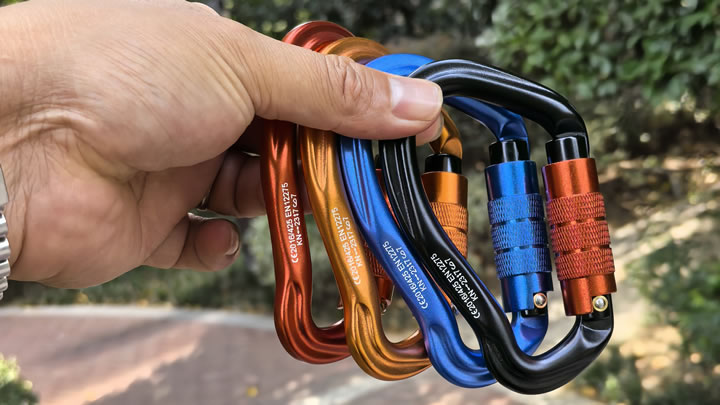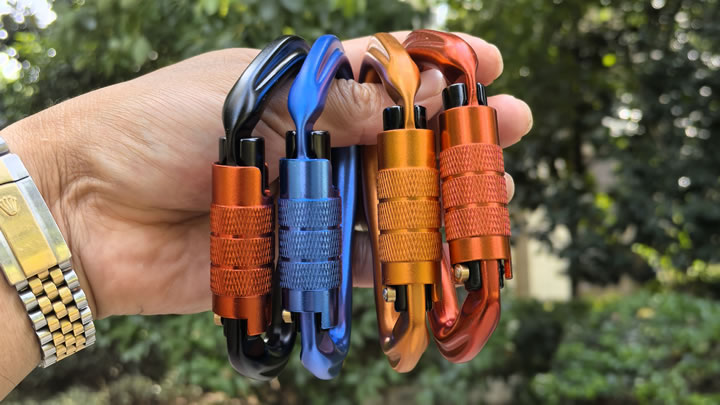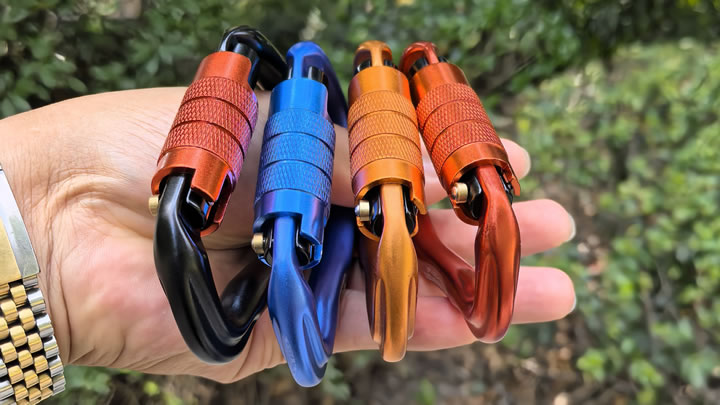What size storage box is best for a 3-day camping trip?
Wednesday, May 14, 2025
Choosing the right size storage box for a 3-day camping trip ensures your gear stays organized, protected, and easy to transport. Whether you’re backpacking or car camping, here’s how to pick the ideal capacity and design for your needs.
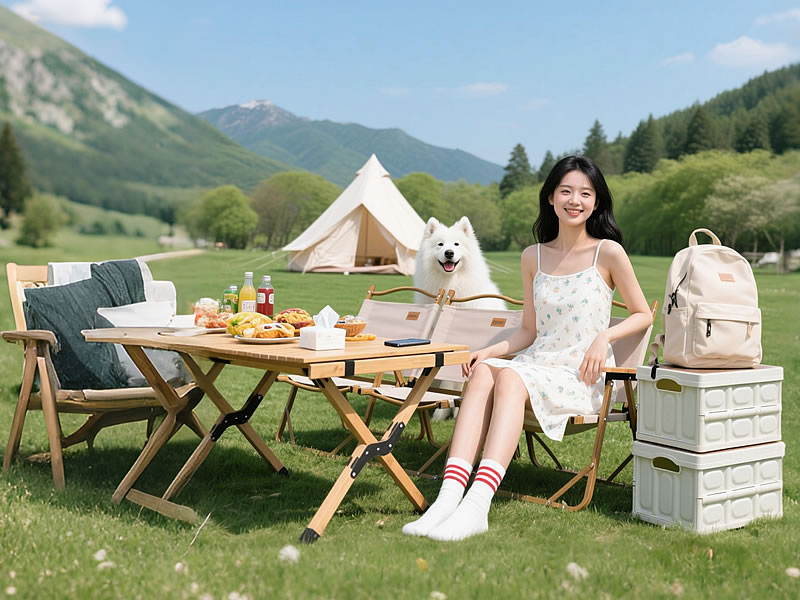
1. Capacity Guidelines for 3-Day Trips
The optimal size depends on your camping style and group size:
- Solo Campers: 20–30 liters (L) holds essentials like food, cookware, clothing, and a first-aid kit.
- Couples/Teams: 40–50L for shared gear (e.g., tents, stoves) or multiple smaller boxes (e.g., 25L + 15L).
- Car Campers: Larger boxes (60–80L) work if space isn’t limited, but prioritize compartmentalization.
Pro Tip: Allocate 5–10L per person for food and personal items.
2. Key Factors Influencing Size Choice
A. Gear Type
- Minimalists: A 20L box suffices for dehydrated meals, compact tools, and a sleeping bag.
- Comfort-Focused Campers: 30–40L for bulkier items like camp chairs, coolers, or electronics.
- Specialized Activities: Add 10–15L for fishing gear, cameras, or pet supplies.
B. Transport Method
- Backpacking: Ultra-lightweight, collapsible boxes under 25L (e.g., silicone foldable bins).
- Car/SUV Camping: Rigid boxes up to 80L with handles or wheels.
- Bike Camping: Small, aerodynamic boxes (10–15L) that attach to racks.
3. Material and Durability
- ABS Plastic: Lightweight yet sturdy for 20–40L boxes.
- Polypropylene: Budget-friendly but less impact-resistant.
- Waterproofing: Opt for IP54-rated boxes if rain is likely (common in 30–50L models).
Avoid oversized boxes—overpacking strains latches and risks breakage.
4. Organization Features to Prioritize
- Adjustable Dividers: Customize compartments for utensils, spices, or small gadgets.
- Stackable Designs: Save space in vehicles (e.g., Plano Storage Trunks).
- Transparent Lids: Quickly locate items without unpacking.
5. Real-World Testing and Packing Tips
- Do a Trial Pack: Fit all gear into your box at home, leaving 10% space for last-minute additions.
- Weight Distribution: Place heavy items (e.g., cast iron pans) at the bottom.
- Label Sections: Use color-coded pouches or tags for meal kits, hygiene products, etc.
6. Top Recommended Boxes by Size
- 20–30L:RUBBERMAID Action Packer (28L): Affordable, weather-resistant, and stackable.Front Runner Wolf Pack (25L): Modular and vehicle-friendly.
- 40–50L:Pelican 0450 (42L): Crushproof and submersible for rugged trips.YETI LoadOut GoBox 30 (34L): Combines durability with smart organization.
7. When to Go Bigger or Smaller
- Downsize If: You’re backpacking, prioritize ultralight gear, or camp in fair weather.
- Upsize If: Bringing bulky equipment (e.g., portable showers), camping with kids, or needing bear-proof storage.
Final Checklist
- Measure your vehicle’s trunk or storage area.
- Match box dimensions to your tallest item (e.g., camp stove).
- Ensure handles or straps are ergonomic for lifting.


